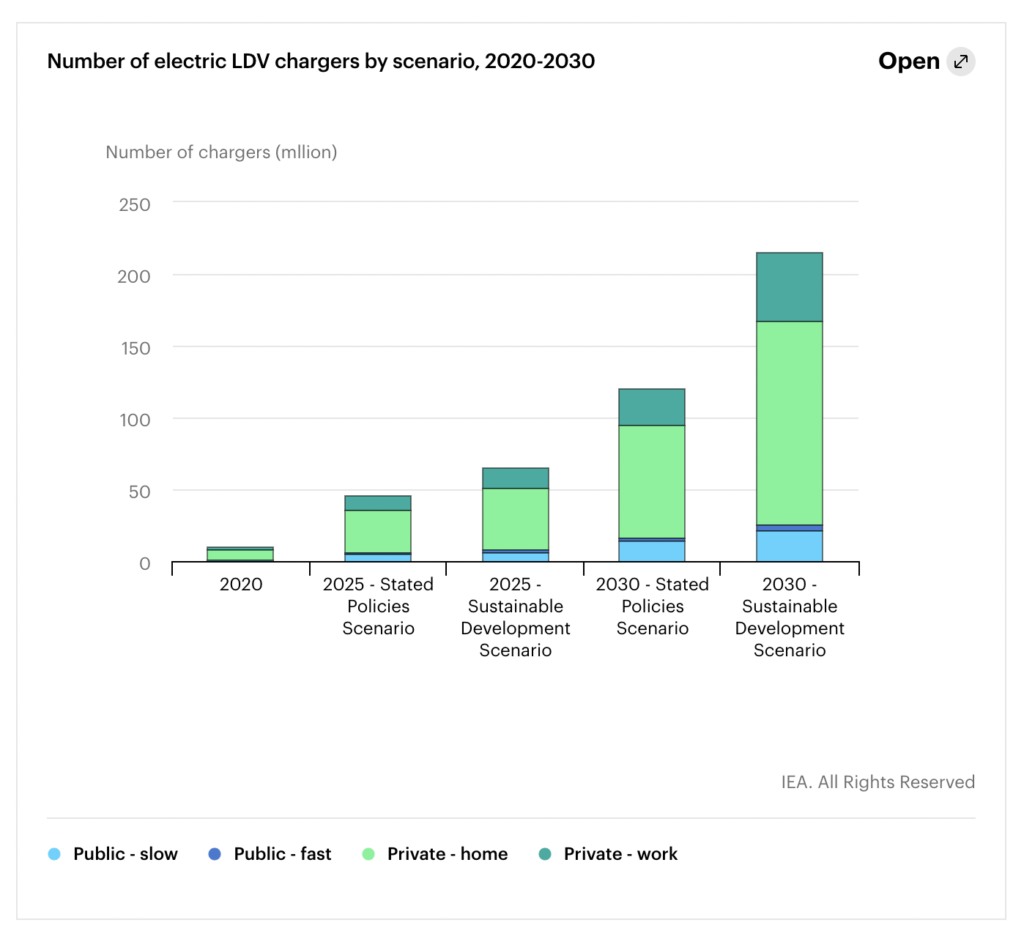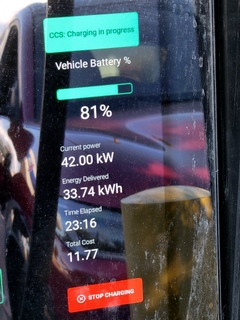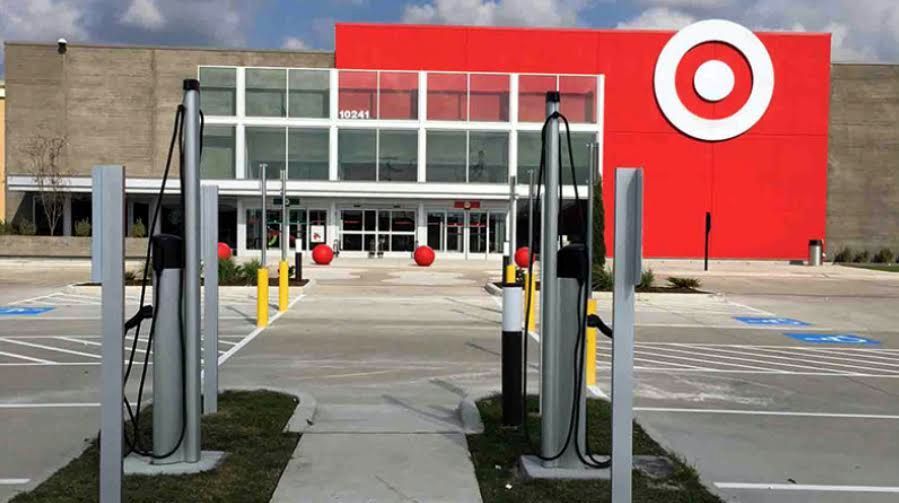3 Ingredients to Create the Charging Experience EV Drivers Want
Opinion: Putting Together the Pieces of the EV Infrastructure Puzzle
Will an electric vehicle (EV) charging app be one of your most used mobile phone apps over the next decade?
For the fast growing number of drivers making the switch to EVs, we say yes. The shift from a transactional “pay at the pump” refueling experience to a relationship with a Charge Point Operator (CPO) will be one of the biggest customer experience shifts of the next decade.
The shift will require the integration of various technologies to meet the availability, reliability and simplicity that customers will demand in order to keep the EV industry charging forward.
Here, we take a look at three critical areas for the growing, competitive CPO industry.
#1 Infrastructure: The catalyst for driving demand and a sustainable industry
While most EV charging will take place at home, many more points of presence are needed to remove one of the biggest hurdles to EV adoption: Where will I charge?
International Energy Agency (IEA) forecasts 16.3 million public charging units globally in 2030, up from only 1.8 million in 2021. Meeting this forecast means creating charging availability and convenience for buyers of EVs supported by important initiatives and incentives.

Many dynamics are at play in building out infrastructure where it’s needed.
The deployment map needs to serve many constituents—personal use, commercial fleets, trucks and buses. It needs to be along highways and curbsides, in rural areas, at office buildings, apartment complexes, retail centers, fleet depots and more.
It also needs to serve populations equitably, for both access and cost. For those who don’t have the convenience of a home charger, where power consumption can be time-shifted to lower cost, creating sustainable public charging economic models for drivers and CPOs will be of critical importance.
Scaling availability of charge points must be accompanied by grid readiness and renewable energy sources. Reaching zero emissions targets won’t be possible if EVs are being served by “dirty” energy-consuming charge points.
Further, demand must be met for energy at concentrated locations, such as high EV penetration metro and suburban areas during the evening and charging depots with multiple fast charging units. At the utility level, this involves grid planning and buildout of renewable sources.
At the charging location, it may involve energy storage, different charger types to meet needs of the location, and energy management for individual and networked charge points.
Takeaway: Strong and scalable infrastructure is necessary to meet the demands of the exploding EV market. Make sure your EV charging stations are set up to deliver clean power.
#2 Internet Connectivity: The enabler for operations and the customer experience
The factors mentioned above are driving a need for charge points to be connected to the internet for monitoring, remote control and revenue supporting features.
In the U.S., the federal government has proposed minimum standards for federally funded projects that include requirements for connectivity. The standards include network connectivity requirements for charger-to-charger network communication, charging network-to-charging network communication and charging network-to-grid communication.
In the UK, regulations required all new home EV charge points to be “smart” effective June 30, 2022. With this data, the energy utilities will be able to better manage demand on the grid and to shift charging to non-peak times by default. Additionally, charger owners will get insights into EV-related energy consumption which they can act upon, including overriding grid demand and cost optimizations.

Connectivity enables the following features for CPOs:
- Smart charge management: The ability for drivers to plug an electric vehicle into a charging station without additional authorization using an RFID card or mobile app leveraging Open Charge Point Protocol (OCPP) in tandem with ISO 15118.
- Remote monitoring: Reports are frequent of drivers arriving at a charge point only to find it out of order. Using connectivity, CPOs can remotely monitor the state of the chargers, ensure chargers are dispensing electricity as designed, identify abnormal trends in sensor readings and detect tampering.
- Firmware updates: Over the 10-year expected life of a charger, regular “truck rolls” for maintenance can blow up operational budgets. Using connectivity, software updates and security patches can be delivered over-the-air.
- Payments: Using connectivity at the charger, CPOs connect chargers to user accounts and transact payment processing. The U.S. program mentioned above is proposing a requirement for pay at the pump via credit card.
- Availability and pricing status: Users of mobile applications can view real-time charger availability and pricing information.
- Content delivery: Advertising creatives and promotions can be delivered to screens to be presented to customers.
- Customer service communications: Using VoIP technologies, CPOs can embed voice communications in their charge points to enable customer service at the point of need.
These connectivity features benefit CPOs with improved customer satisfaction, reduced operational costs, new revenue streams and reduction in lost revenue.
With the need for connectivity comes a number of choices. CPOs and home charger manufacturers choose from various connectivity technologies to support the features mentioned above, but prevailing methods include cellular and Wi-Fi. While Wi-Fi can be cost effective in home environments, cellular has many advantages:
- Availability: Access to a cellular signal is fairly ubiquitous without a need to add equipment outside the charging unit or run cables. While some locations, such as parking garages, present challenges, cellular is the technology option which presents the closest outcome to plug and play. Availability can be enhanced when using specialized Internet of Things ( IoT) cellular providers offering access to more than one network in a region with failover.
- Simplicity: Once cellular is deployed, CPOs don’t have to be concerned with an unplugged access point or changed network configuration that disrupts network access. Leveraging APIs or management consoles, charge point SIMs can be centrally managed. Plus, multi-IMSI and eSIM technologies ensure longevity and choice without the need for SIM swaps.
- Security: Wi-Fi is prone to hacking and can be used as a backdoor to get into local networks, which can prove detrimental to CPOs. Cellular separates charge points from the local network to avoid this risk. Virtual private network (VPN) features can also be leveraged to create a secure two-way communications tunnel with charge points.
Takeaway: Charge points need to be connected to the internet to support business-focused activity like accepting payment and meet consumer demands with simplicity and availability.
#3 Customer experience: Refueling is no longer transactional
With EV charging, refueling becomes a multifaceted experience.
It’s no longer just about pulling to the nearest station, filling for five minutes, and paying at the pump. Complexities such as charger availability, charger type (fast/slow/connector type), subscriber network participation, mobile apps, payment options and nearby amenities enter the equation.
The customer experience, therefore, becomes perhaps the most critical factor for operators who will emerge as winners in the competitive public charging market.

Mobile applications have become the tool by which CPOs guide the experience and communicate with customers. Features like station maps, charger availability, charge start and charge status notifications are common across applications.
Outside of the mobile application, innovations in experience are emerging to meet the demands of charging customers. Brands like Starbucks, Target, and Walmart have recognized that convenience for EV charging customers can translate to time in store and increased revenue. Tesla recently announced plans for a supercharging station to include a diner and drive-in theater.
For CPOs, creating loyal customers and increasing customer lifetime value starts with gathering customer insights across data silos. Then, they need to put those insights to work to deliver a personalized experience for customers wherever they are—across web, mobile, text, chat, email and call center. CPOs should therefore be looking to software platforms that:
- Help companies to manage first-party customer data (data collected directly from customers) in a secure, compliant manner
- Break down data silos to create a unified view of the customer journey
- Provide APIs to deliver communications, like messaging, in a flexible, scalable manner
Takeaway: Customer experience innovation completes the picture of a modern, customer-friendly CPO. For example, embedding physical call-for-help buttons into the chargers allowing users to message for help through the app or comms channels, like SMS or WhatsApp, or enabling push-to-talk in the mobile app with a direct link to the contact center.
Conclusion
Fast forward to 2030 and there are 220 million EVs on the roads globally, served by 16.3 million public chargers. Will your app be trending in app stores? Operators who act now to merge availability, reliability, convenience and experience will answer with a resounding YES!

Story by Jon Asmussen, head of business development, Twilio IoT

